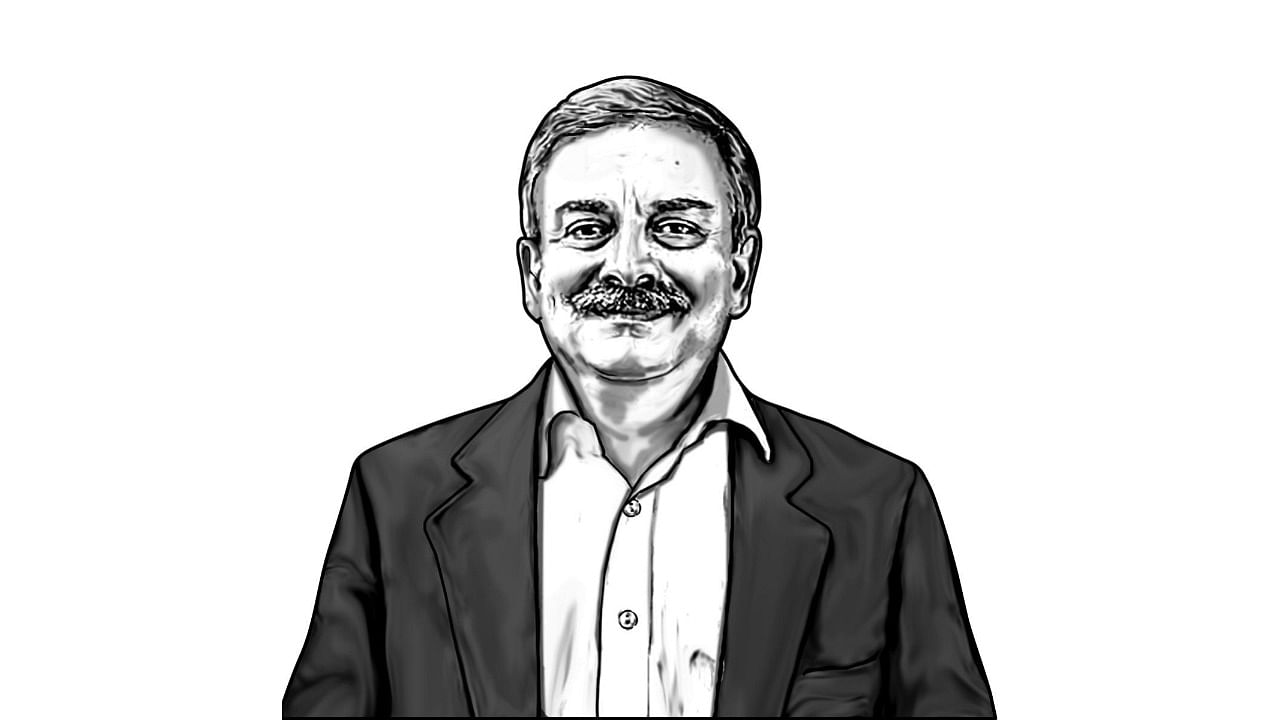
Alan Turing (1912-1954) was a British mathematical genius, and a founding father of artificial intelligence (AI) and modern cognitive science. Turing played a pivotal role in World War II, which saw wide use of codes and ciphers, from substitution ciphers to the work of Navajo code talkers; and helped decode the ‘Enigma’ machine that the Germans used for transmitting encrypted communication. It would not be an exaggeration to say that the Allies might well have lost the war without Alan Turing. Yet, instead of being celebrated, Turing was persecuted for being gay, in what must go down in history as another tragic story of man’s inhumanity to man.
Turing entered the University of Cambridge to study mathematics in 1931, graduating in 1934. In 1936, Turing’s seminal paper on the ‘Decision Problem’ was published: Is there an algorithm that will take a formal language, and a logical statement in that language, and output ‘True’ or ‘False’, depending on the truth value of the statement?
Turing showed that it is impossible for an algorithm to decide whether statements in arithmetic are true or false, and described two new kinds of mathematical objects, machines and programmes. They turned out to be more powerful than the numbers themselves; and their future impact through AI was to prove transformational.
Turing’s 1950 paper ‘Computing Machinery and Intelligence’ introduced many of the core ideas of AI, including machine learning, and proposed what we now call the Turing Test as a thought experiment; a criterion for whether an artificial computer is thinking; and demolished several standard objections to the possibility of machine intelligence. Perhaps less known is a lecture he gave to the ‘51 Society’ as it was called, where he pronounced: “Once the machine thinking method had started, it would not take long to outstrip our feeble powers. At some stage therefore we should have to expect the machines to take control”.
From the very beginnings of AI, intelligence in machines has been defined in the same way as human intelligence: “Machines are intelligent to the extent that their actions can be expected to achieve their objectives”. But because machines, unlike humans, have no objectives of their own, we give them objectives to achieve. Following Turing’s suggestion from 1950, scientists developed machines that learn -- that is, they improve their achievement of objectives through experience.
Arthur Samuels’ draughts-playing programme had learned to beat its own creator, and was the progenitor of Deepmind’s AlphaGo, which taught itself to beat the human world champion in 2017. In 1996 and 1997, World Chess Champion Gary Kasparov played a pair of matches against an IBM computer named ‘Deep Blue’. At the time, Kasparov dominated world chess. In the 1996 match, Deep Blue shocked the champion by beating him in the first game. But Kasparov quickly adjusted to exploit the computer’s weakness in long-term strategic planning, where his judgement and intuition seemed to trump the computer’s mechanical counting. In the 1997 rematch, Deep Blue stunned the champion, winning the match 3.5 to 2.5. Many commentators labeled Deep Blue’s triumph one of the most important events of the 20th century.
Over the last decade, so-called deep learning systems appear to have learned to recognise human speech very well; to recognise objects in images, to translate between hundreds of different human languages. Indeed, AI has now come very close to passing Alan Turing’s ultimate test of artificial intelligence: Can a human conversing with the machine tell it is not human?
Turing was elected a fellow of the Royal Society of London in March 1951, a high honour, yet his life was about to take a cruel turn. In March 1952, he was convicted of “gross indecency” -- in other words, homosexuality, a crime in Britain at that time -- and was sentenced to 12 months of cruel hormone ‘therapy’. Since 1951, Turing had been working on what is now known as artificial life. He published ‘The Chemical Basis of Morphogenesis’ in 1952, describing aspects of his research on the development of form and pattern in living organisms. In the midst of this groundbreaking work, Turing was discovered dead in his bed, by cyanide poisoning; the official verdict was suicide.
In 2009, Prime Minister Gordon Brown, on behalf of the British government, publicly apologised for the “utterly unfair” treatment of Turing. Four years later, Queen Elizabeth granted Turing a royal pardon.
Turing’s was a troubled life, betrayed by the country he saved, but he faced his infamous prosecution with amused fortitude. Alan Turing: The Enigma by Andrew Hodges is the fascinating biography of a first-rate mind. The cruel irony of Turing’s life and death compels us to ponder: Who/what should humanity fear more -- the perversity of the human mind or a thinking machine?